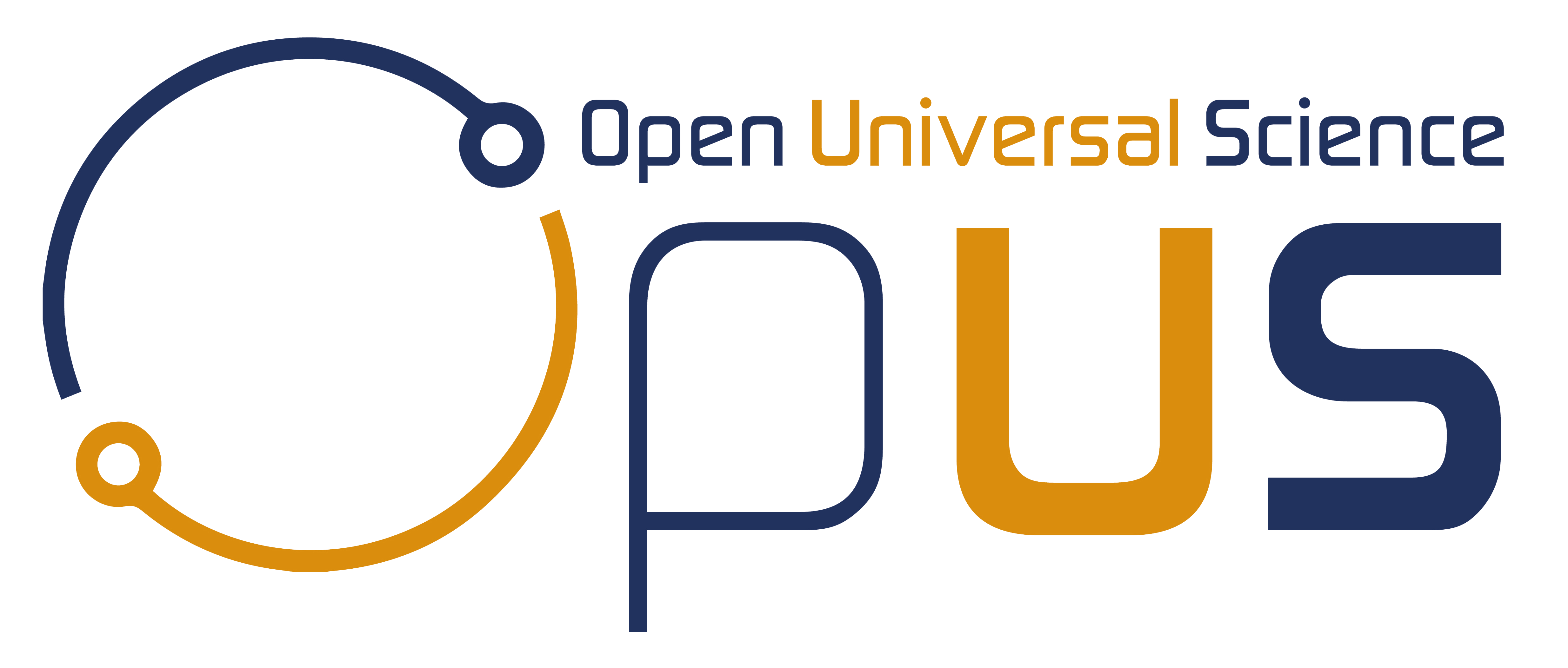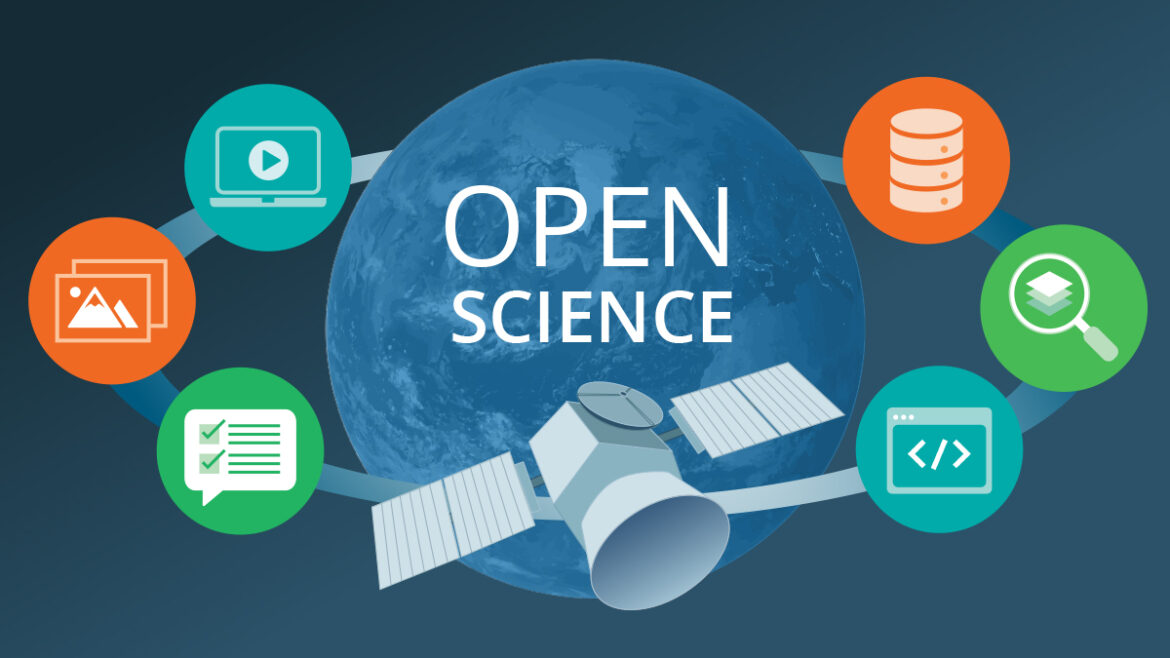Developing Countries Embracing Open Science: Fostering Innovation and Collaboration
Developing Countries Embracing Open Science: Fostering Innovation and Collaboration https://opusproject.eu/wp-content/uploads/2023/07/kh-1024x530.png 1024 530 Open and Universal Science (OPUS) Project https://opusproject.eu/wp-content/uploads/2023/07/kh-1024x530.pngOpen Science has emerged as a transformative movement that seeks to make scientific research and knowledge accessible, transparent, and inclusive. While its roots lie in developed nations, the paradigm of open science is rapidly gaining momentum in developing countries. Embracing open science principles can prove to be a game-changer for these nations, unlocking the potential for innovation, collaboration, and socioeconomic progress. In this article, we explore how developing countries are actively embracing open science and the positive impact it has on their scientific communities and societies as a whole.
- Democratizing Access to Knowledge
One of the core tenets of open science is providing free access to research outputs, including journal articles, datasets, and research findings. For developing countries, where limited financial resources can hinder access to scientific literature, open science offers a transformative solution. Initiatives like open-access journals and repositories enable researchers from these regions to access cutting-edge research and contribute to the global scientific conversation without barriers.
- Fostering Collaboration and Partnerships
Open science thrives on collaboration and the free exchange of ideas. By embracing open science principles, developing countries can actively engage with international research communities, fostering valuable collaborations and partnerships. These connections transcend geographical boundaries and enable researchers from different parts of the world to work together, share knowledge, and tackle common challenges collectively.
- Enhancing Research Visibility and Impact
Traditional publishing models often favor researchers from well-established institutions in developed countries. In contrast, open science platforms offer a level playing field, providing researchers from developing nations with an opportunity to showcase their work on an equal footing. This increased visibility can lead to greater recognition and impact for their research, potentially attracting more resources and opportunities for further advancements.
- Empowering Local Innovations
Open science also empowers local innovations in developing countries. By sharing data openly, researchers and innovators can access a broader range of information, which may inspire new ideas and solutions tailored to specific local needs. Additionally, open-source software and hardware initiatives foster technological advancements and can lead to cost-effective and sustainable solutions for pressing challenges.
- Addressing Global Challenges
Developing countries often face unique challenges, such as limited access to clean water, healthcare, and education. Open science promotes collaborative problem-solving, enabling researchers from diverse backgrounds to pool their expertise and resources to address these global challenges effectively. From discovering new treatments to combat infectious diseases to finding environmentally friendly agricultural practices, open science plays a crucial role in creating solutions that benefit humanity as a whole.
- Building Research Capacities
Embracing open science encourages developing countries to invest in building their research capacities. This involves promoting open data policies, providing training in data management and sharing, and supporting research infrastructures. As research capabilities grow, these countries become more self-sufficient and contribute significantly to scientific advancements globally.
- Encouraging Citizen Science
Open science goes beyond academia and involves citizens actively participating in the scientific process. Developing countries can harness the power of citizen science initiatives to involve their communities in data collection, monitoring environmental changes, and contributing valuable insights to research projects. This engagement fosters a sense of ownership and pride in scientific advancements and encourages young minds to pursue careers in STEM fields.
Developing countries embracing open science is a transformative step towards a more equitable and collaborative global scientific landscape. By democratizing access to knowledge, fostering collaboration, and empowering local innovations, open science enables these nations to actively contribute to scientific advancements and address pressing challenges. Through a commitment to open science principles, developing countries can build stronger research capacities, foster socioeconomic progress, and ultimately create a more inclusive and sustainable future for all.
Headline picture: By Allice Hunter – Blank map: File:World map (Miller cylindrical projection, blank).svgIMF data: World Economic Outlook Database April 2022 — WEO Groups and Aggregates Information. www.imf.org. Retrieved on 2022-06-02.UN list: UN List of Least Developed Countries as of November 2021. www.un.org., CC BY-SA 4.0, https://commons.wikimedia.org/w/index.php?curid=118625873







